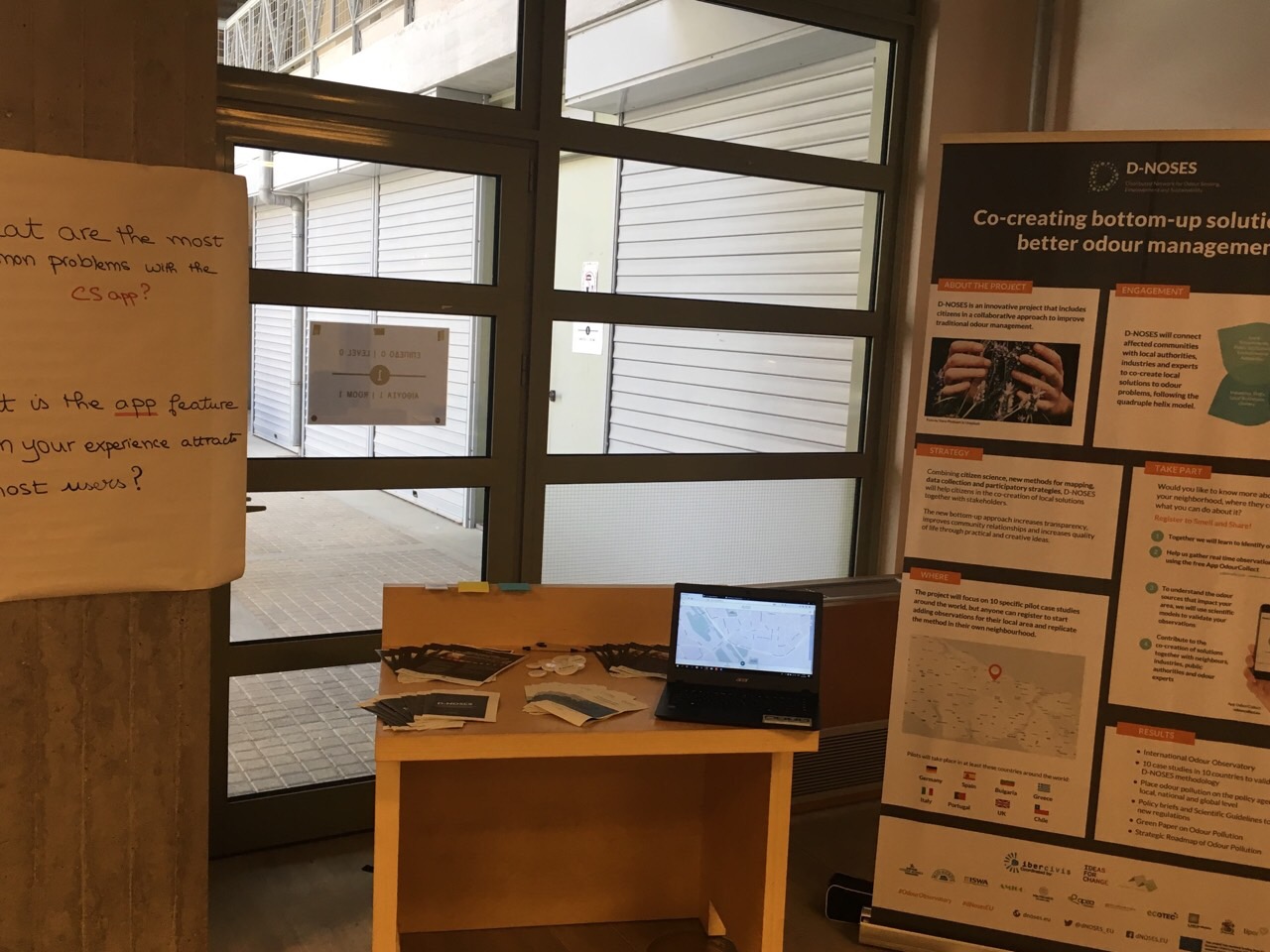
Last week MIO-ECSDE co-organized the 2nd Meeting of the Mediterranean Committee on Education for Sustainable Development (ESD) in Heraklio, Crete.
The event brought together approximately 60-80 officers of Ministries of Education and/or Environment, who follow the Action Plan of the Mediterranean Strategy on ESD processes; Representatives of UNESCO, UN Environment/MAP, UNECE, UfM, LAS; ESD experts of the formal and non-formal sector: Universities, NGOs, etc.
The events of the meeting will review the progress made on the mainstreaming and application of the Action Plan of the MSESD by the countries and stakeholders. They also promoted thematic priorities of the region:
- Education on Sustainable Consumption & Production (SCP) links with green and circular economy [SDG 12]
- Combating Marine Litter and Plastics within ESD & promoting the ocean literacy [SDG 14]
- ESD & Biodiversity issues & Biosphere Reserves (BRs) [SDG 15]
- Education for Human Rights, Refugees & Inclusive Societies [SDG4]
The purpose of this committee, and its program, is to provide the necessary tools and information for policy makers to formulate effective environmental policies and measures that can tackle emerging environmental challenges. The occasion provided an excellent opportunity to inform the participants about D-NOSES. MIO-ECSDE set up a station over the 2 days to introduce the project . They also demonstrated the OdourCollect app, and ran co-creation exercises for the Odour Observatory.

The feedback from the stand visitors was valuable and very much appreciated. The results have been shared with the rest of the consortium and will be used to improve the D-NOSES citizen science offering. The team in Crete asked two questions in particular to their visitors which brought some interesting thoughts:
- Which are the most common problems with Citizen Science Apps?
- What is the app feature you think attracts the most users?
For the first question, the main problem of citizen science applications is one of sustainability. It can already be difficult to get people to install and use the app, having to overcome the barriers of the installation process and learning to use the app. But even after installation, the apps remain largely unused, perhaps after a short “honeymoon period”. The challenge is how to maintain the interest of the average user for any significant length of time. For D-NOSES, we believe part of the answer lies in self-interest. It is true that most people will not use the app for long if they do not regularly come into contact with odours. Those that do, however, are naturally more motivated to persist to resolve the problem. The main challenge for our project will be how to communicate progress either in building the necessary data to undertake action, or progress in the resolution of the issue together with the stakeholders.
For the second question, the main point was accessibility and desirability. The app should be designed to be attractive and easy to use, and provide useful information in a easily digestible way. From an individual perspective, the more information the app can provide the better, about the sources of odours and their possible health effects. This would provide incentives as it would inform people of their own stake in the issue. Also, the more that the app can be coupled to success stories, the more likely it is that people will invest the time in installing, learning and using the app.
The D-NOSES team would like to thank the MIO-ECSDE team for their efforts in Greece, and for all the visitors to the stand there who took the time to co-create with us!
For more information on the MCESD initiatives, please read more here: medies
